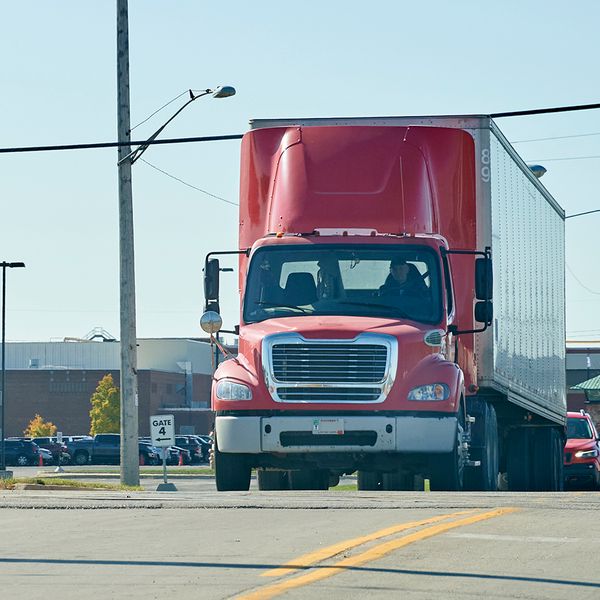2023 wrap-up: A year of Canadian transportation challenges, changes, and chances.
The Canadian trucking industry in 2023 faced many challenges and opportunities, as well as significant changes in technology and regulations. I mean who can forget the buzzwords of the year, that would be ELDs. You could not open an article, attend a meeting, or have a coffee with a college without the topic coming up! Here is a summary of some of the major trends and events that have shaped the industry this year.
Just logging along.
Who doesn’t remember the deadline for the enforcement of electronic logging device (ELD) compliance in Canada that came into effect on January 1, 2023? How well did that go? Remember the challenges that included ELDs that could not transfer the records electronically, officers not being able to certify the information gathered from the ELD, and drivers simply failing to have the ELD mounted properly. Plus, each jurisdiction was on its own timeline regarding the enforcement of the ELD mandate and whether they would mandate provincial requirements.
COVID and company.
The bubble that emerged in 2020 due to the pandemic-induced surge in demand for goods and low fuel prices burst, leaving many independent drivers struggling to find work and pay off debts. The industry continued to face labor woes, as the driver shortage continued. The struggle however to recruit and retain enough skilled commercial truck drivers to keep a company’s rigs on the road was not new to 2023. We finally saw the U.S. Vaccine mandate and the removal of border restrictions allowing Canadian truck drivers to cross the border lifted early in the year as the industry faced a shaky market as cargo volumes and rates continued to fall in 2023, compared with the soaring highs seen during the pandemic.
The price of downshifting.
The industry was affected by a downward drift in commodity prices, tighter financial conditions, and seasonally weak consumer spending that caused freight volumes to soften throughout the Spring. Freight volumes continued to bear the brunt of retreating commodity prices that dampened production, a consumer shift toward services, and tighter financial conditions manifested in slowing manufacturing, construction, and trade activity.
On the road to growth.
Trucking companies faced major headwinds in 2023, grappling with a range of difficulties from escalating operational costs to driver shortages and evolving regulations but the outlook for the industry is optimistic, as the economy recovers, consumer demand picks up, and supply chains improve.
Motor carriers may have to navigate new or changing regulations, such as those related to emissions, hours of service, speed limiters, and other safety standards. These regulations can be complex and may require companies to make changes to their operations or equipment to comply, but by embracing technology, prioritizing driver safety and well-being, and adapting to evolving market dynamics, the industry can overcome these challenges and continue to play a pivotal role in the nation's economic growth in 2024.
Key to remember: These issues along with additional challenges are likely to impact the transportation industry in 2024. The Collaborative efforts between the industry and government are necessary to create a conducive environment for safe and efficient transportation.


















































